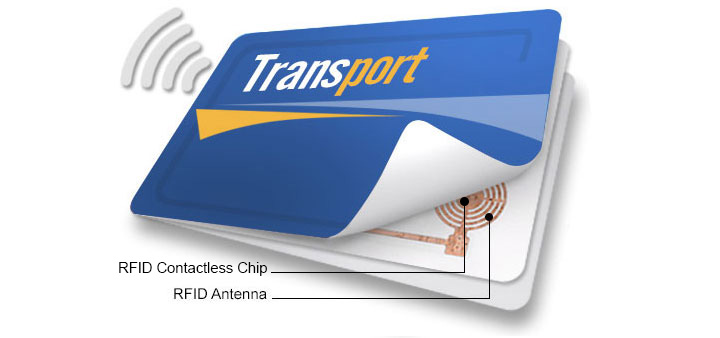RFID basic knowledge
RFID is the abbreviation of Radio Frequency Identification, that is, radio frequency identification. It is often called inductive electronic chip or proximity card, proximity card, non-contact card, electronic label, electronic barcode, etc.
A complete RFID system consists of two parts: Reader and Transponder. The principle of operation is that the Reader transmits a specific frequency of infinite radio wave energy to the Transponder to drive the Transponder circuit to send out the internal ID Code. At this time, the Reader receives the ID. Code. Transponder is special in that it does not use batteries, contacts, and swipe cards so it is not afraid of dirt, and the chip password is the only one in the world that cannot be copied, with high security and long life.
RFID has a wide range of applications. Typical applications currently include animal chips, car chip anti-theft devices, access control, parking lot control, production line automation, and material management. There are two types of RFID tags: active tags and passive tags.
The following is the internal structure of the electronic tag: a schematic diagram of the composition of the chip + antenna and the RFID system
2. What is electronic label
Electronic tags are called radio frequency tags and radio frequency identification in RFID. It is a non-contact automatic identification technology that uses radio frequency signals to identify target objects and obtain related data. The identification work does not require human intervention. As a wireless version of barcodes, RFID technology has the waterproof, antimagnetic, high temperature, and Long service life, long reading distance, data on the label can be encrypted, storage data capacity is larger, storage information can be changed freely and other advantages.
3. What is RFID technology?
RFID radio frequency identification is a non-contact automatic identification technology, which automatically recognizes the target object and obtains related data through radio frequency signals. The identification work does not require manual intervention and can work in various harsh environments. RFID technology can identify high-speed moving objects and can identify multiple tags at the same time, and the operation is quick and convenient.
Short-distance radio frequency products are not afraid of harsh environments such as oil stains and dust pollution. They can replace barcodes in such environments, for example, to track objects on the assembly line of a factory. Long-distance radio frequency products are mostly used in traffic, and the identification distance can reach tens of meters, such as automatic toll collection or vehicle identification.
4. What are the basic components of an RFID system?
The most basic RFID system consists of three parts:
Tag: It is composed of coupling components and chips. Each tag has a unique electronic code and is attached to the object to identify the target object. Reader: A device that reads (and sometimes writes) tag information. Designed to be handheld or fixed;
Antenna: Transmit radio frequency signals between the tag and the reader.
